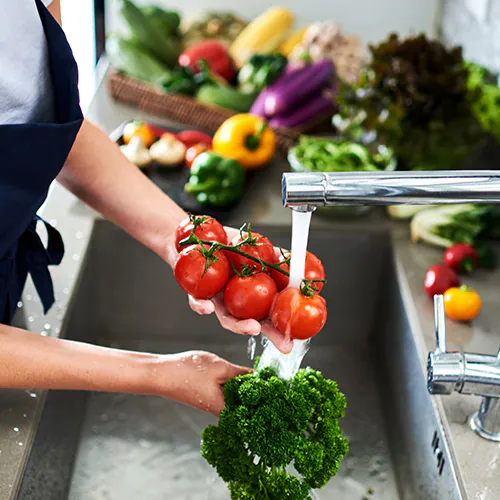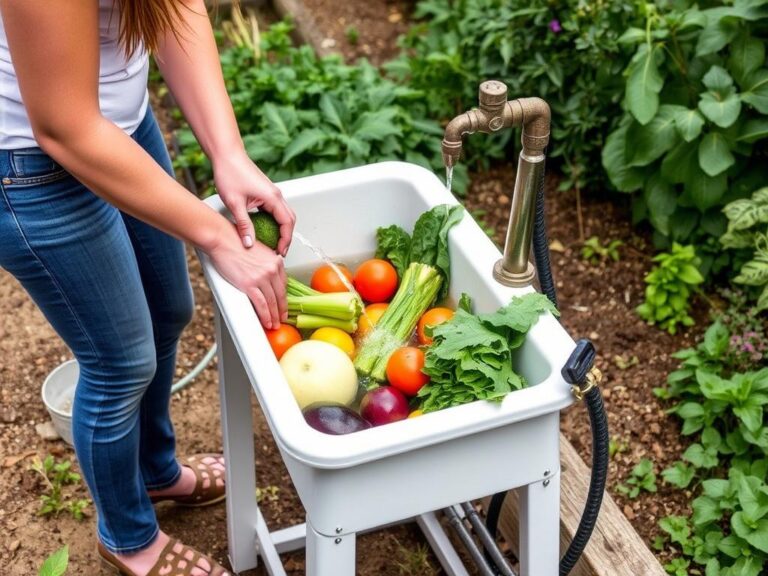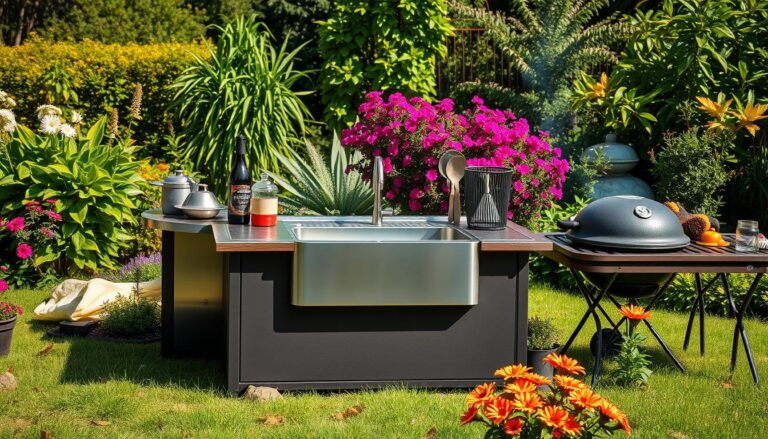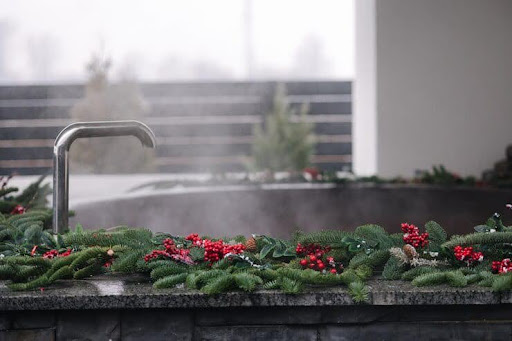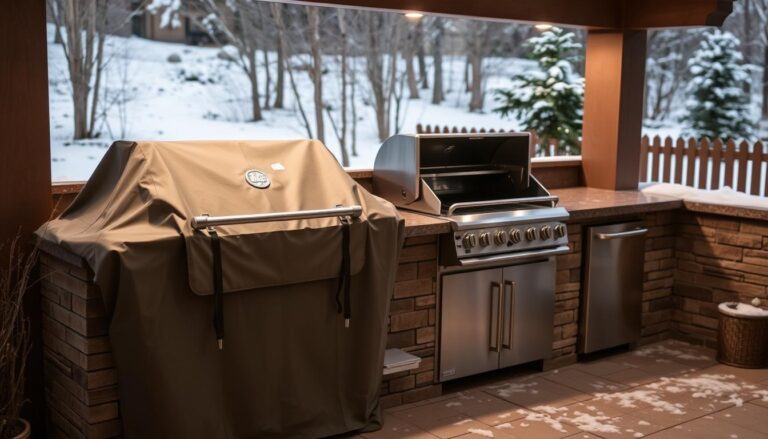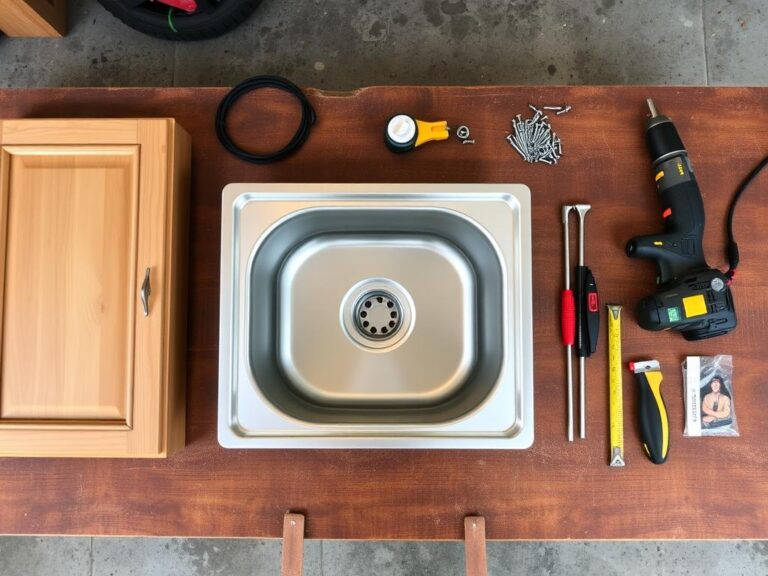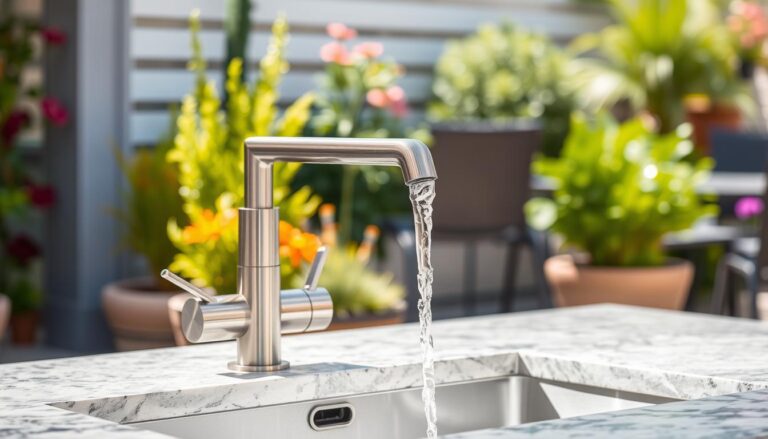How to Choose the Best Outdoor Sink for Your Space
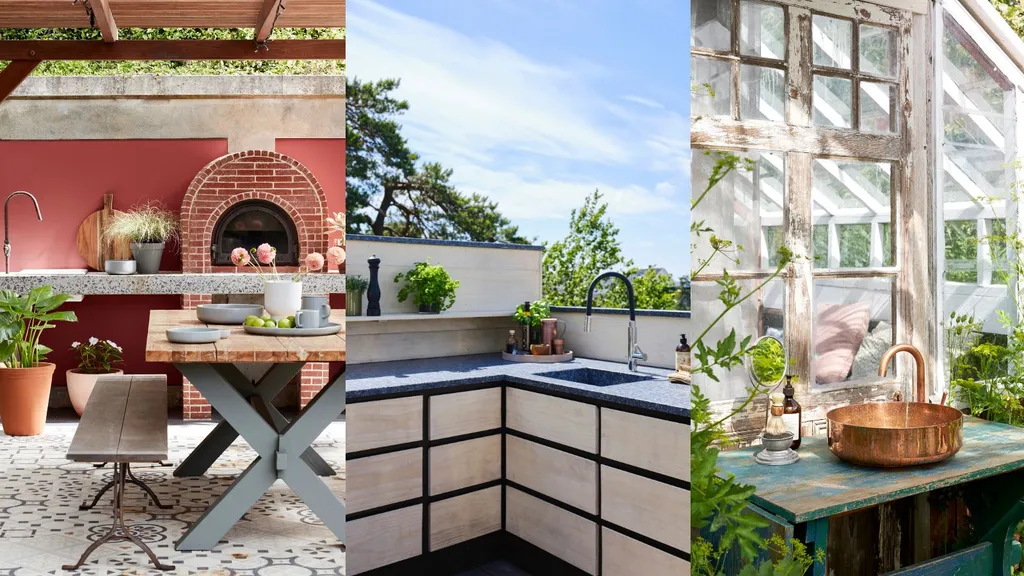
Introduction
Upgrading your outdoor space with a functional and stylish sink can transform your backyard into a more convenient and enjoyable area. Whether you need a spot to clean fresh garden harvests, wash up after outdoor cooking, or keep your poolside tidy, the right outdoor sink makes all the difference. But with so many materials, styles, and installation options available, how do you pick the best outdoor sink for your specific needs?
In this guide, we’ll walk you through key factors like durability, material, installation type, and functionality to help you pick the perfect sink for your outdoor space. From stainless steel utility sinks to rustic farmhouse styles, we’ll cover the pros, cons, and top considerations to ensure your sink withstands the elements while enhancing your outdoor living experience.
Let’s dive in and find the ideal outdoor sink for your setup!
Why You Need an Outdoor Sink
Before diving into the selection process, it’s essential to understand the benefits of having an outdoor sink:
- Convenience – Easily wash hands, dishes, and gardening tools without going inside.
- Hygiene – Keeps dirt and mess outside rather than bringing them into your home.
- Efficiency – Saves time by reducing trips indoors.
- Adds Value – Enhances outdoor spaces, especially in an outdoor kitchen setup.
- Multi-Purpose – Can be used for gardening, pet care, and food prep.
Factors to Consider When Choosing an Outdoor Sink
1. Purpose and Usage
The first step in choosing an outdoor sink is determining how you’ll use it. Ask yourself:
- Will it be used for food preparation and outdoor cooking?
- Do you need it mainly for gardening and washing tools?
- Will it serve as a general handwashing station for guests and family?
Understanding its primary function will help you select the right size, material, and features.
2. Material Selection
The material of your outdoor sink affects durability, maintenance, and aesthetics. Here are some common options:
- Stainless Steel – Corrosion-resistant, easy to clean, and ideal for outdoor kitchens.
- Granite or Stone – Elegant, durable, and blends well with natural surroundings.
- Plastic or Resin – Affordable and lightweight but may not be as durable.
- Cast iron – Timeless durability and a classic look, making it perfect for rustic or traditional outdoor spaces.
3. Sink Size and Depth
The size of your outdoor sink should align with its intended use:
- Small sinks (12-18 inches wide) – Great for handwashing and small gardening tasks.
- Medium sinks (18-24 inches wide) – Suitable for basic outdoor kitchen needs.
- Large sinks (24 inches and above) – Best for washing large pots, grills, or gardening tools.
A deeper sink (8-12 inches) is ideal for heavy-duty use, while a shallow sink (4-6 inches) is better for quick handwashing.
4. Mounting Options
Outdoor sinks come in different mounting styles:
- Freestanding – Portable and easy to install, great for flexibility.
- Wall-Mounted – Saves space and is ideal for small areas.
- Drop-In – Installed into an existing countertop, perfect for outdoor kitchens.
- Undermount – Sleek and modern, usually installed under a stone or concrete counter.
5. Water Source and Drainage
To ensure proper functionality, consider:
- Water Supply – Will you connect it to a garden hose, an outdoor faucet, or a direct plumbing line?
- Drainage System – Does your space allow for proper drainage? Options include direct plumbing, dry wells, or simple bucket collection for portable sinks.
6. Weather Resistance
Since the sink will be exposed to the elements, choose materials that withstand:
- Rain and Snow – Stainless steel, stone, and sealed concrete hold up well.
- Sun Exposure – UV-resistant materials prevent fading and cracking.
- Temperature Fluctuations – Avoid plastic in areas with extreme cold as it may become brittle.
7. Additional Features to Consider
Depending on your needs, consider these extra features:
- Depending on your needs, consider these extra features:
- Storage Shelves or Cabinets – Helps keep cleaning supplies or tools organized.
- Foot Pedal or Hands-Free Faucet – Improves hygiene and conserves water.
- Cover or Lid – Protects the sink when not in use.
Best Outdoor Sink Setups for Different Spaces
For Small Balconies or Patios
- A wall-mounted or freestanding sink with a simple hose hookup.
- Foldable or compact designs to save space.
- Lightweight materials like plastic or stainless steel for easy mobility.
For Outdoor Kitchens
- A drop-in or undermount sink is integrated into a countertop.
- Stainless steel or stone for durability and aesthetics.
- Dual basins for separating food prep from dishwashing.
For Gardening Enthusiasts
- A large freestanding sink with deep basins.
- Extra storage for gardening tools and potting soil.
- Easy-to-clean surfaces to handle soil and plant debris.
For Camping and RVs
- A portable sink with a water tank and a foldable stand.
- Compact and lightweight for easy transport.
- Quick-drain features for hassle-free use
Installation and Maintenance Tips
Installation Basics
- Choose a stable location with access to water and drainage.
- Use weather-resistant fittings to prevent leaks and rust.
- Ensure proper sealing if mounting the sink on a countertop.
Maintenance Tips
- Regular Cleaning—Prevents buildup of grime and stains
- Regular Cleaning—Prevents buildup of grime and stains
- Check for Leaks—Inspect fittings and seals periodically.
- Apply Protective Coatings—Helps prevent rust and prolong lifespan.
Conclusion
Choosing the best outdoor sink depends on your needs, available space, and budget. Whether you need a simple handwashing station, a fully equipped outdoor kitchen sink, or a heavy-duty gardening setup, there’s an option that fits your lifestyle. Considering material, size, mounting style, water supply, and weather resistance, you can invest in a durable and functional outdoor sink that enhances your outdoor space for years.

